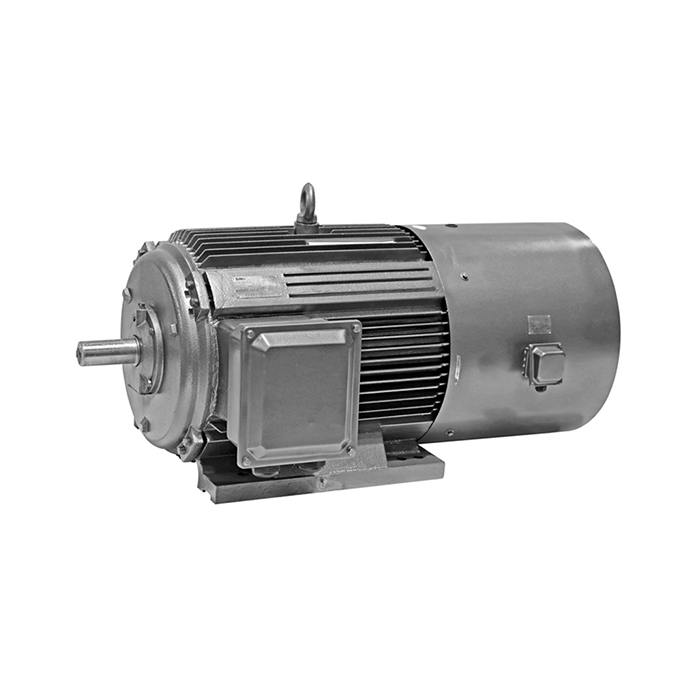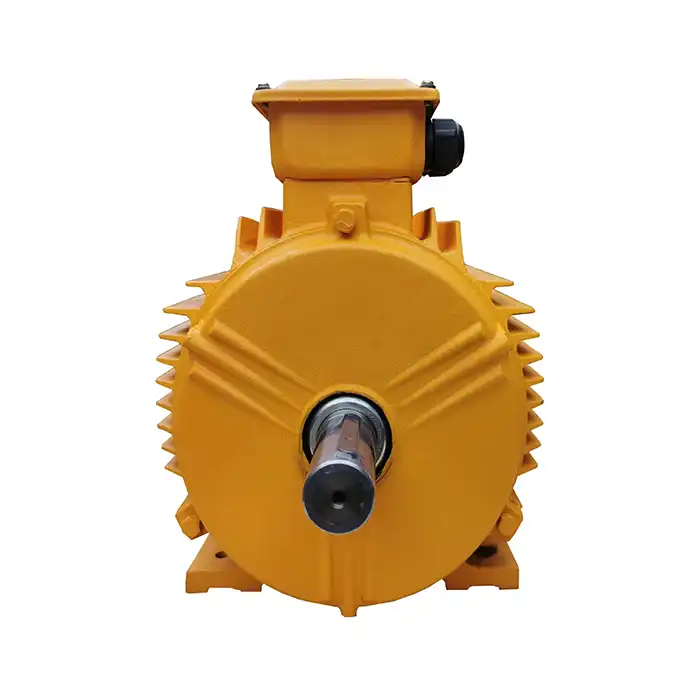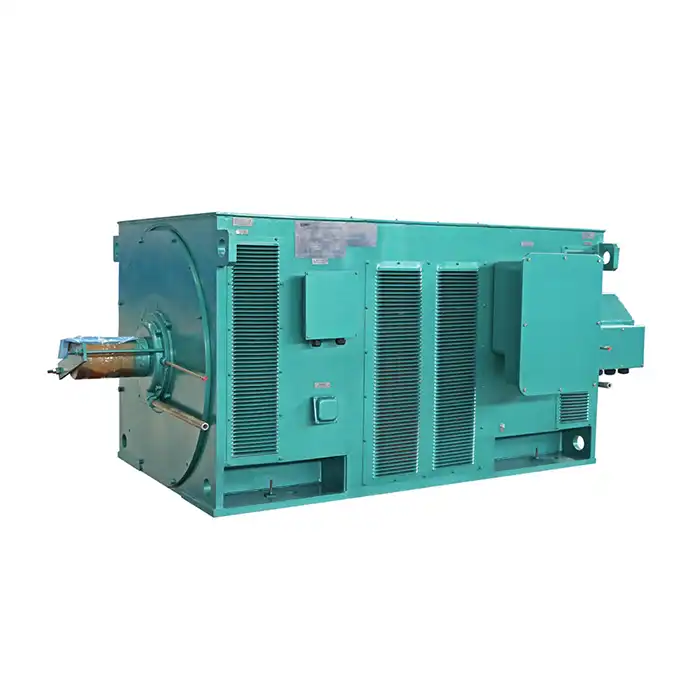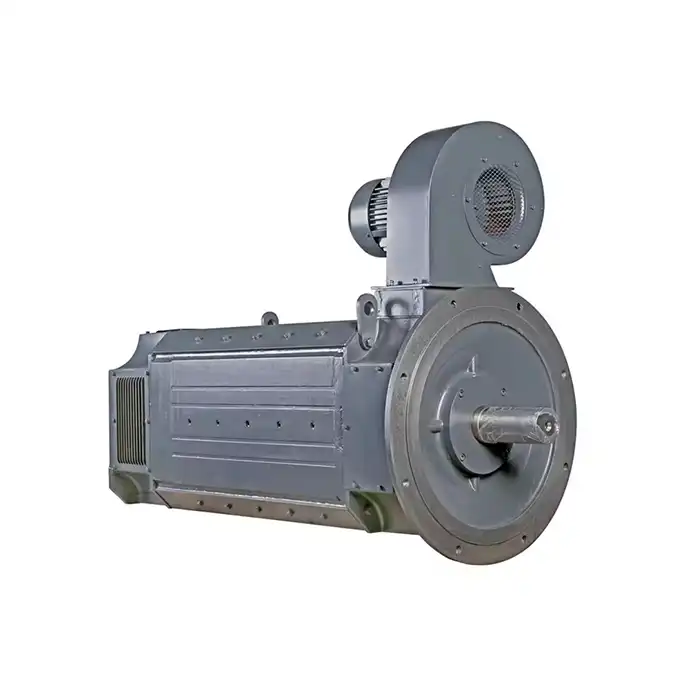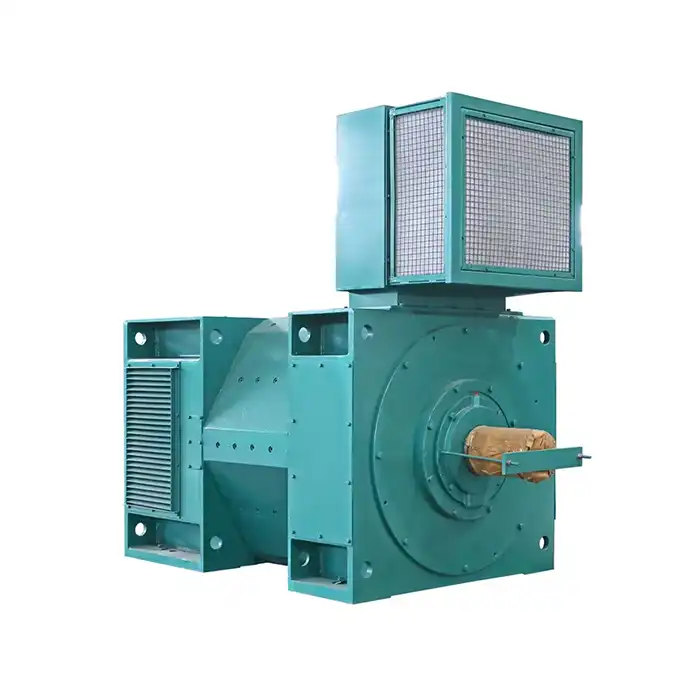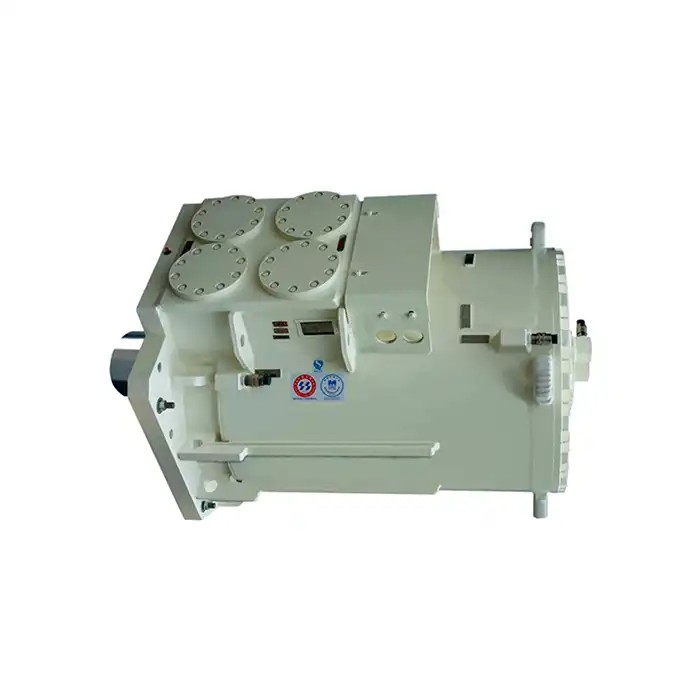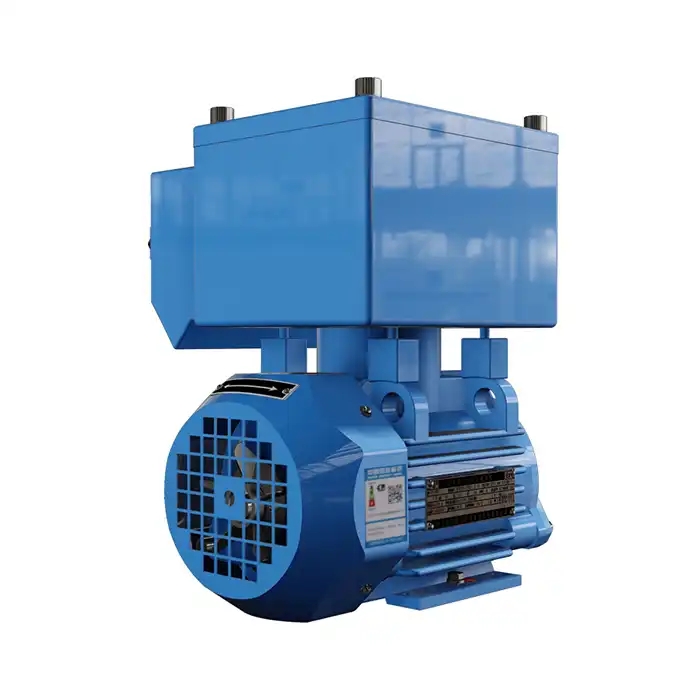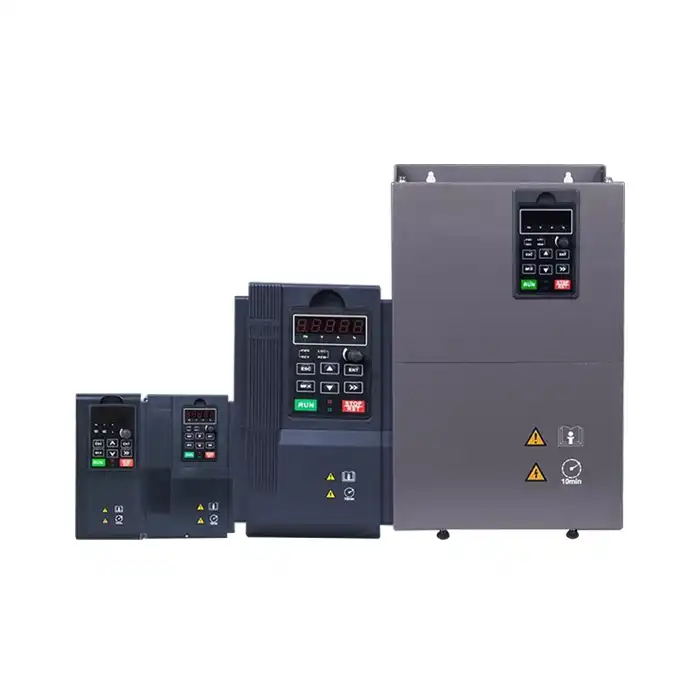Decoding IEC Motor Nameplate Information
The nameplate on an IEC low voltage motor contains crucial information about its specifications and performance characteristics. Understanding this information is vital for proper motor selection and application.
Voltage and Frequency Ratings
IEC low voltage motors typically operate within a voltage range of 220-690V. The nameplate will specify the rated voltage, which is essential for ensuring compatibility with your power supply. Additionally, the frequency rating, often 50 or 60 Hz, indicates the motor's designed operating frequency.
Power Output and Speed
The nameplate will display the motor's power output, measured in kilowatts (kW). IEC low voltage motors can range from fractional horsepower units to those exceeding 1000 kW. The rated speed, typically expressed in revolutions per minute (rpm), is also provided.
Enclosure and Protection Class
The motor's enclosure type and IP (Ingress Protection) rating are crucial for determining its suitability for various environmental conditions. For example, an IP55 rating indicates protection against dust and water jets.
IE1 to IE5: Exploring Efficiency Classes
The IEC has established a classification system for motor efficiency, ranging from IE1 to IE5 for IEC low voltage motor. These classifications help users identify and select motors based on their energy efficiency.
IE1: Standard Efficiency
IE1 motors represent the baseline for efficiency in the IEC classification system. However, due to their poor efficiency, they have been largely phased out by government regulations across the globe (e.g., China's 2021 mandate) and are no longer installed in new equipment.
IE2: High Efficiency
IE2 motors offer improved efficiency over IE1 models, resulting in reduced energy consumption and operating costs. These motors are widely used in various industrial applications. They are sometimes used with variable frequency drives (VFDs) to meet regulations but are increasingly rare in new installations.
IE3: Premium Efficiency
IE3 motors provide even greater efficiency, offering significant energy savings over IE1 and IE2 models. Many countries now require IE3 efficiency as a minimum standard for new motor installations. They are the new baseline for most industrial applications like pumps, fans, and compressors.
IE4: Super Premium Efficiency
IE4 motors achieve very high efficiency, typically offering a further 2-4%+ efficiency gain over IE3 models. Their key advantage is superior energy savings, especially in variable load applications. The main disadvantage is a higher initial cost. They are used where maximizing energy savings is a critical priority.
IE5: Ultra Premium Efficiency
IE5 represents the highest efficiency class available, aiming for 20% lower losses than IE4. These motors excel at maintaining exceptional efficiency even at partial loads. The primary barrier is their highest initial cost. IE5 motors represent the future of ultra-high-efficiency applications and are found where maximum energy savings are paramount, paving the way for next-generation motor systems.
Cost Savings: High-Efficiency Motors in Action
Investing in high-efficiency IEC low voltage motors can lead to substantial cost savings over the life of the motor. Let's examine the potential benefits of upgrading to more efficient motors.
Energy Consumption Reduction
Higher efficiency motors convert more of the input electrical energy into useful mechanical energy, reducing waste and lowering overall energy consumption. This reduction can lead to significant savings on electricity bills, especially for motors that operate continuously or for extended periods.
Reduced Maintenance Costs
High-efficiency motors often incorporate improved designs and materials, which can result in increased reliability and reduced maintenance requirements. This can lead to lower maintenance costs and less downtime over the motor's lifespan.
Extended Motor Life
The improved efficiency of higher-rated motors often results in lower operating temperatures. This reduction in heat can contribute to extended motor life, further increasing the return on investment.
Case Study: IE3 vs. IE1 Motor Comparison
Consider a 75 kW motor operating for 8,000 hours per year. Upgrading from an IE1 to an IE3 motor could result in annual energy savings of approximately 11,000 kWh. At an electricity cost of $0.10 per kWh, this translates to $1,100 in annual savings. Over a 10-year period, the total savings could exceed $11,000, easily justifying the higher initial cost of the IE3 motor.
Conclusion
Understanding IEC low voltage motor ratings and efficiency classes is crucial for making informed decisions when selecting motors for industrial applications. By choosing high-efficiency motors, businesses can reduce energy consumption, lower operating costs, and minimize their environmental impact. As energy efficiency standards continue to evolve, staying informed about the latest developments in motor technology will be essential for maintaining competitive and sustainable operations.
FAQ
1. What is the voltage range for IEC low voltage motors?
IEC low voltage motors typically operate within a voltage range of 220-690V, depending on the specific model and application requirements.
2. What are the common power ratings for IEC low voltage motors?
IEC low voltage motors are available in a wide range of power outputs, typically from 0.75 kW to 1000 kW, catering to various industrial needs.
3. What is the significance of the IE efficiency classes?
The IE efficiency classes (IE1 to IE5) provide a standardized way to compare motor efficiency. Higher IE ratings indicate greater energy efficiency, which can lead to significant cost savings and reduced environmental impact over the motor's lifetime.
Call to Action
Here at XCMOTOR, we are experts in supplying contemporary industrial applications with high-quality, energy-efficient IEC low voltage motors. To help you save money on energy and maintenance, our motors are dependable, efficient, and perform exceptionally well. We provide a variety of options to meet your individual requirements, including power outputs and efficiency classes.
To guarantee peak performance and cost savings, our team of specialists is here to help you choose the best motor for your needs. Your company can't afford to be held back by obsolete, inefficient motors. Take advantage of XCMOTOR's IEC low voltage motors' enhanced efficiency and dependability by upgrading.
Contact us today at xcmotors@163.com to learn more about our products and how we can help you optimize your motor-driven systems. Let XCMOTOR be your partner in powering a more efficient and sustainable future for your business.



